Commercial lobster farming is a very profitable business if you can manage everything perfectly. It is not a traditional business, rather relatively a new business idea, and modern commercial farming method has been used since the early 20th century.
Lobster is actually a delicious seafood. It is very popular and it is enjoyed by many people around the world. Clean water, healthy place and providing good food are the main factors to consider while starting a lobster farming business.
Lobsters are actually a family of large marine crustaceans. They have long bodies with muscular tails. They live in all oceans, on rocky, sandy, or muddy bottoms from the shoreline to beyond the edge of the continental shelf.
Lobsters generally live singly in crevices or in burrows under rocks. 3 of their 5 pairs of legs have claws, including the first pair, which are usually much larger than the others.
Lobsters are highly prized as seafood and are economically very important. They are often one of the most profitable commodities in coastal areas they populate.
Generally, the lobsters are caught using baited one-way traps with a color-coded marker buoy to mark cages. They are usually fished in water between 2 and 900 meters (although some lobsters can live at 3,700 meters).
Commercial lobster farming business is not too popular yet, mainly because of lobster’s tendency towards cannibalism and the slow growth of the species.
What is Lobster Farming?
Lobster farming is a way of growing lobsters as food for human consumption. It is related to fish farming. Lobsters are kept in special tanks or pools where they have the right conditions to grow big and healthy. They are given food and a safe place to live until they are ready to harvest.
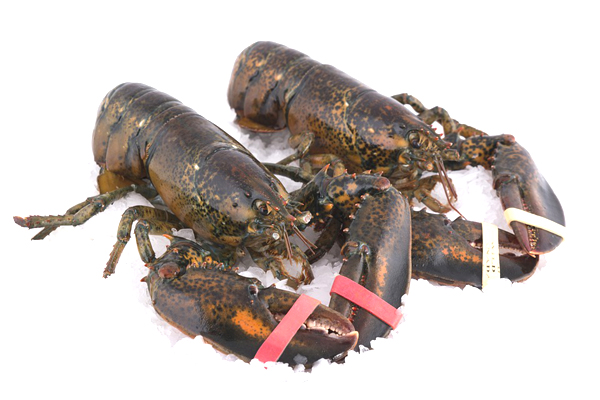
Commercial lobster farming business can help to make lobsters more available for people to enjoy and at the same time it helps to protect the wild lobster populations.
What Are The Advantages of Lobster Farming Business?
Like many other business, lobster farming business also has some benefits or advantages. Here we are trying to describe about the top advantages of this business.
- Commercial lobster farming is relatively a new business idea. And you can take this opportunity for making profits.
- You can start this business easily if you live near coastal areas.
- Commercial lobster production is a profitable business. So, it can be a good employment source, especially for the unemployed people.
- Both demand and price of lobsters are very good. So, it’s a great advantage.
- Marketing lobsters is very easy. Lobsters are already very popular throughout the world. So, you don’t have to worry much about marketing.
- Lobster is very tasty and delicious. And you can enjoy some fresh lobsters if you start your own lobster farming business.
How to Start Lobster Farming Business?
Lobster farming is not as easy as growing other fish species. There are many steps to follow for starting and operating this business successfully. Here we are trying to describe all the necessary steps for successfully starting and operating this business.
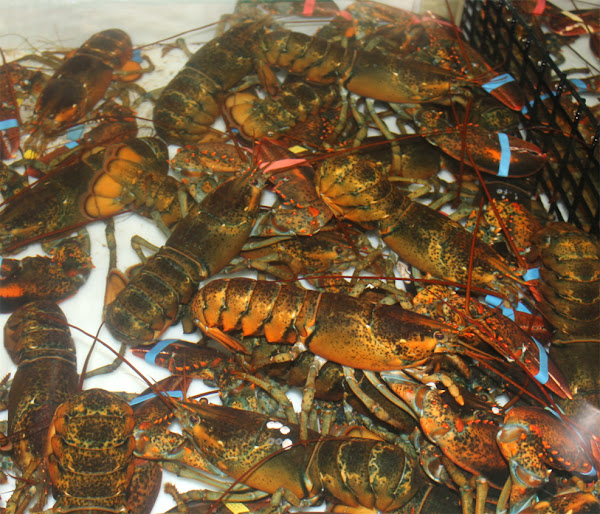
Step 1: Try to Learn Practically or Complete Training
First of all, you have to learn more about this business practically for a good start. If possible, try to complete a training before starting. Doing these will help you to operate your farm successfully.
Step 2: Select Good Location
Selecting a very good location for starting commercial lobster farming business is very important. You can either purchase land or consider renting.
But you have to look for some basic facilities while selecting land. And these facilities include a good source of clean and fresh water, nearby source of lobster larvae, good transportation and it will be better if the selected area is free from pollution and noises.
Step 3: Make An Effective Business Plan
An effective business plan is very important for starting and operating a successful lobster farming business. So, try to make a very good, well researched and up to date business plan and try to include everything in the plan. You can also ask for help from an expert in your area for making the business plan viable.
Step 4: Determine Your Lobster Farming Method
Your lobster farm doesn’t need to border the ocean. But it will be difficult for you to obtain lobster larvae if you are not close to an ocean, because lobster larvae do not ship well.
Most of the lobster species live in salt water. So, you will either need a direct source of seawater, or you can purchase a kit to salinate the clean water you already have.

You can grow lobsters in two different methods, such as land based or tank method and open sea cage system. You can choose any system depending on the available facilities in your area.
First: Land Based System
You can successfully do land-based holding system with appropriate environment condition. Critical water quality parameters include the concentration of dissolved oxygen, ammonia, nitrate and carbon dioxide concentration.
The concentration of nitrate, pH, salinity and alkalinity levels within the system is also necessary. The unionized ammonia is more toxic than the ionized ammonium.
Ammonia concentration in culture water should be less than 2mg per liter, and it depends on the water temperature and pH.
During the time of molting and after feeding, the demand for oxygen become higher and these generally occur during night hours. And it will directly affect the growth of lobster if optimum oxygen is not provided.
Although lobsters can tolerate gradual changes in salinity to a limited range, sudden dilution can lead to stress, susceptibility to disease and mortality.
Second: Indoor Tank System
RAS system is generally used in this system. Majority of the water is reused in the recirculating system after removal of the waste products.
The recirculating system removes all the solid waste, ammonia and nitrite, carbon dioxide and aerates the water that returns to the fattening system.
The solid wastes are removed by mechanical filtration and the ammonia and nitrite by biological filtration and carbon dioxide by a provision of air and water interface.
In flow through systems, the water is pumped into another tank. The rate of water flow is determined by the stocking density and feeding intensity. The incoming water should be free of sediments.
Third: Open Sea Cage Lobster Farming System
It is a common and popular lobster farming system. The juveniles are stocked in the cage and are fed twice daily with mussel and trash fish.

Although, some people also feed the lobsters with commercially prepared formulated diets. Such feeds have good conversion rates.
Step 5: Select Lobster Species for Commercial Production
There are numerous lobster species available throughout the world. You can choose any depending on the availability in your area.
Some common and most popular lobster species are adik-adik, bamboo, and tiger lobsters. These species generally grow faster and have very good demand and value in the international market.
This three species are different from each other like their name. The adik-adik lobsters are of reddish black in color. Bamboo lobsters have striped legs and it’s seems like bamboos.
On the other hand tiger lobsters have spotted legs. You can choose any of these breeds depending on your location and desired production type.
However, you should choose those lobster species which are easily available in your area. You can consult with some existing farmers in your area.
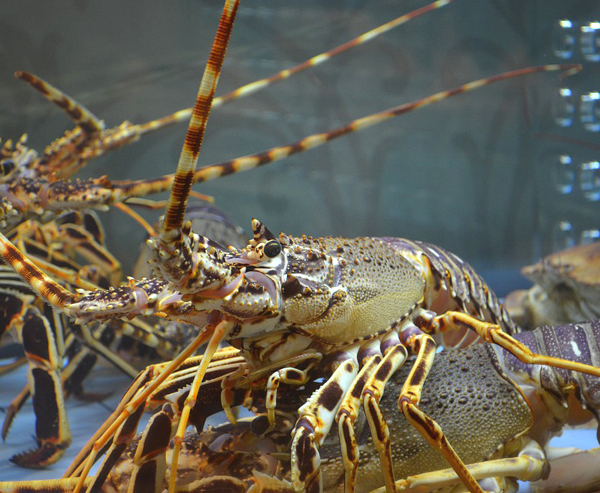
Step 6: Purchase Larvae
Purchase larvae from any supplier in your area, after selecting your desired species. Right stocking density depends on numerous factors. You can consult with some existing producers in your area.
Step 7: Feed Good Quality Food
Lobsters are omnivores and typically eat live prey such as fish, mollusks, other crustaceans, worms and some plant life. They scavenge if necessary and are known to resort to cannibalism in captivity.
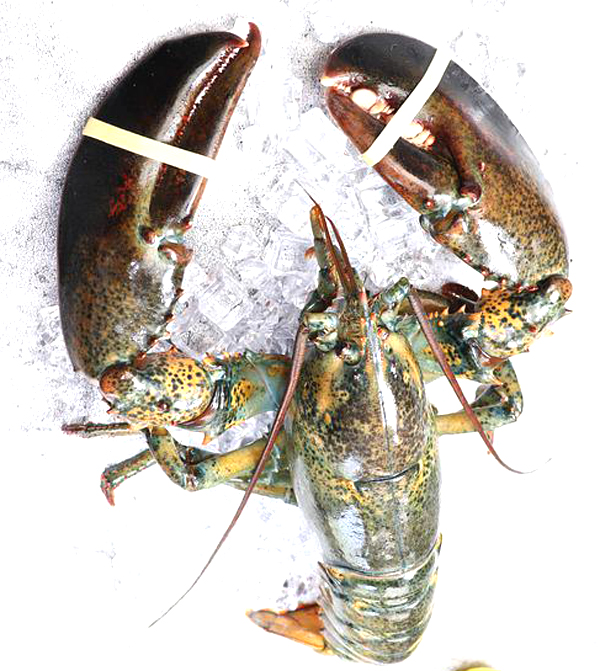
In commercial production, the lobsters are generally fed twice daily with mussel and trash fish. But formulated diets are also used. And such feeds have good conversion rates.
Step 8: Breeding
Lobsters are naturally very good breeders. They will breed easily in natural conditions. Although it is possible to breed and produce larvae in hatcheries.
Step 9: Caring & Other Management
Taking good care of the lobsters is a very important part of commercial lobster farming business. So, always try to take good care of your lobsters.
Always try to provide them with very good and nutritious food. Monitor their health on a regular basis and always try to keep good contact with an expert in your area.
Step 10: Harvesting
You can expect to harvest lobsters when they reach minimum marketing size. Lobsters are gently scooped by using nets to avoid damage to the species. Most of the lobster species will die when exposed to freshwater. So, don’t harvest when it’s raining.

Post-Harvesting: The lobsters are graded as new-shell, hard shell or old shell. Grading is a very important post harvesting task. Because the lobsters which have recently shed their shells are the most delicate and expensive.
Yield: It’s not possible to tell the exact amount, because it depends on numerous factors.
Step 11: Marketing
Marketing lobsters is very easy and simple. Because lobsters already have very good demand and value in both domestic and international market. So, you will probably be able to sell your products easily in the local market.

These are the common steps and ways for starting and operating a successful lobster farming business. Hope this guide has helped you! Good luck & may God bless you!
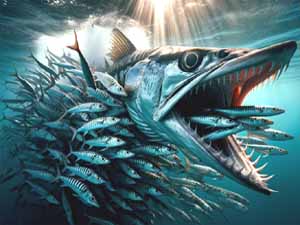
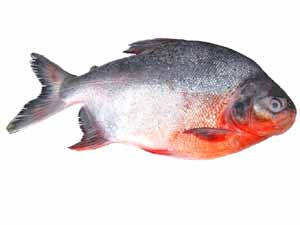



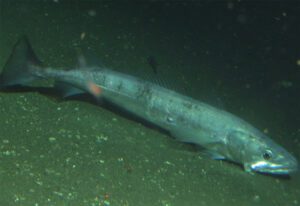
I love crayfish
I want to buy lobster larvae raise them in California, USA.
Do you have some ideas which I can start with?
[email protected]